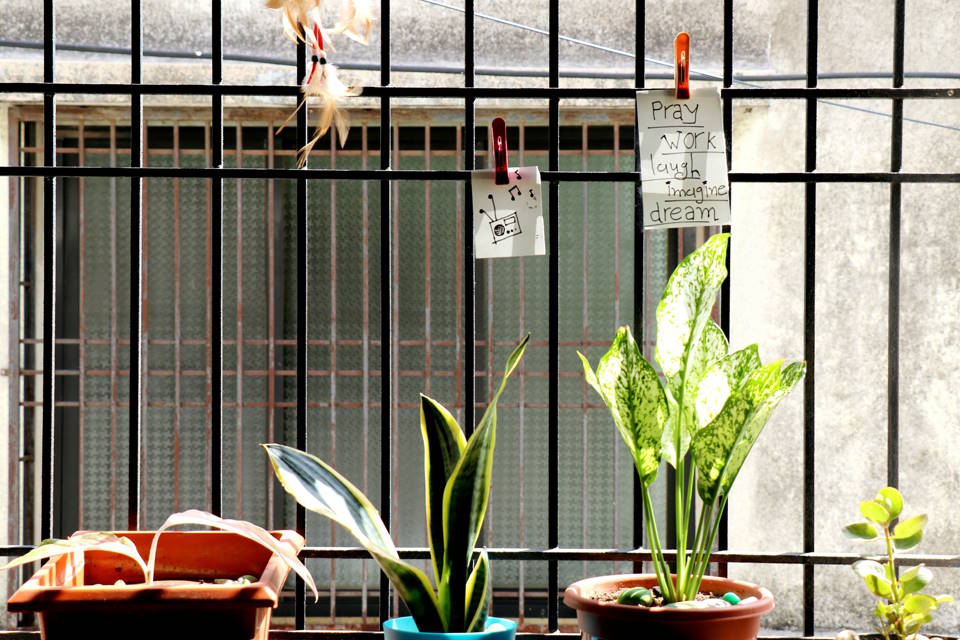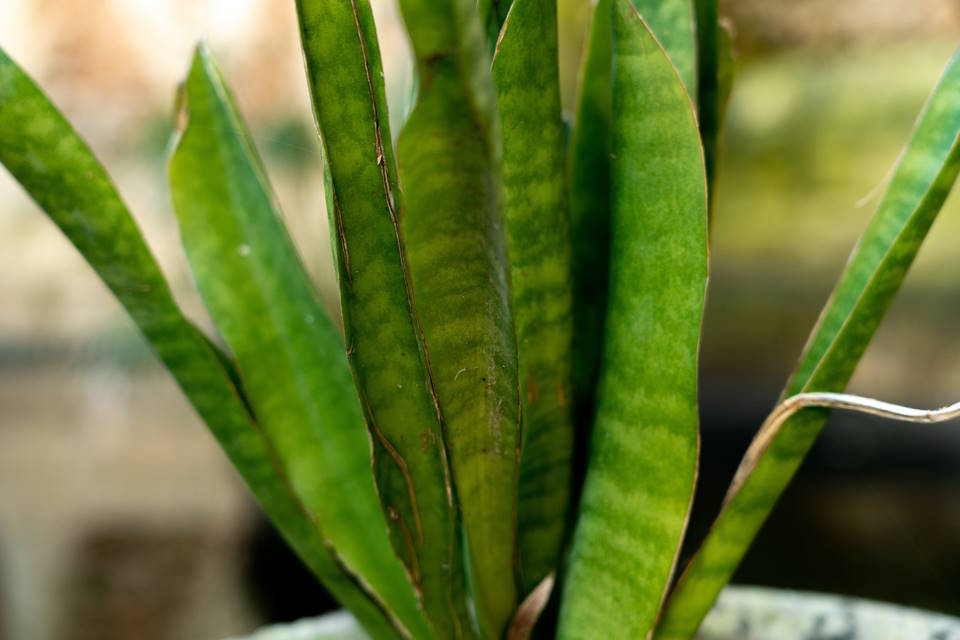Snake plants, also known as Sansevieria or mother-in-law’s tongue, are popular houseplants known for their resilience and ability to purify indoor air. One of the most commonly asked questions about snake plants is whether they need light to survive. While snake plants do require some level of light for optimal growth, they are incredibly adaptable and can survive in low light conditions. We will explore the light requirements of snake plants, including how much light they need, whether they can survive in a dark room, and how to care for them in an office with no natural light. If you’re a fan of these gorgeous, low-maintenance plants and want to ensure they thrive in your home, read on!

Introduction

Snake plants are one of the most popular indoor plants due to their low maintenance and air-purifying capabilities, but many people wonder if they need light to survive. The answer is yes; snake plants do need light to grow and thrive. However, they are known to tolerate low light conditions, making them an ideal choice for those with less-than-ideal lighting situations.
When it comes to light requirements, snake plants prefer medium to bright indirect light. Too much direct sunlight can scorch their leaves, while too little light can stunt their growth and cause their leaves to yellow. It’s best to place your snake plant near a north or east-facing window that provides bright but filtered light throughout the day.
- If you’re unsure whether your snake plant is getting enough light, keep an eye on its growth. If it appears stunted or isn’t producing new leaves, it may not be getting enough light.
- On the other hand, if its leaves are turning yellow, it may be getting too much direct sunlight.
- If you need to move your snake plant to a darker room, it’s still possible for it to survive. However, it may grow more slowly and produce fewer leaves.

| Light Requirements | Intensity | Duration |
|---|---|---|
| Low Light | 50-250 foot-candles | 12-16 hours |
| Moderate Light | 250-1000 foot-candles | 12-16 hours |
| Bright Light | 1000-2000 foot-candles | 12-16 hours |
Remember that the amount of light a snake plant needs can vary based on its variety and size. In general, though, providing it with at least moderate indirect light and avoiding direct sunlight will ensure that it continues to thrive in your home or office.
Can Snake Plants Survive Without Light?

Snake plants, also known as Sansevieria, are popular indoor plants that can thrive in a variety of conditions. However, one question that many people ask is whether or not snake plants can survive without light. The answer is yes, snake plants can survive without light, but they will not thrive and may eventually die.
Snake plants are known for their ability to withstand low light conditions, making them a popular choice for indoor spaces with limited natural light. However, they still require some level of light to survive. If a snake plant is kept in complete darkness for an extended period of time, it will not be able to photosynthesize and produce energy, which will ultimately lead to its demise.
- Snake plants should be placed in a location where they can receive some indirect light.
- They can survive in low light conditions, but should not be kept in complete darkness.
- Snake plants can also tolerate bright, indirect light, but should be protected from direct sunlight.

If you are keeping your snake plant in an area with limited light, there are a few things you can do to help it thrive. Consider using supplemental lighting, such as a grow light, to provide the plant with more light. You can also rotate the plant periodically to ensure that all sides receive some light.
Can Snake Plant Live in Dark Room?

Snake plants are known for their hardiness and low maintenance, which make them great houseplants. However, one common question that many people ask is whether snake plants can survive in a dark room. The answer is yes, snake plants can live in a dark room, but they may not thrive as well as they would in a room with more light.
The reason why snake plants can survive in a dark room is because they are quite resilient. They are capable of adapting to low-light conditions and can even survive in indirect sunlight. However, if you want your snake plant to grow and flourish, it is best to place it in a room with bright, indirect sunlight. This will ensure that the plant gets enough light to carry out the process of photosynthesis, which is essential for its growth.
If you have no choice but to keep your snake plant in a dark room, it is essential to take extra care of it. You should water it sparingly, as the plant will not be able to take up as much water in low-light conditions. Additionally, you should avoid fertilizing the plant too often, as this can lead to root damage. Instead, fertilize the plant once every six months using a slow-release fertilizer.

- When it comes to caring for a snake plant in a dark room, here are some tips to keep in mind:
- Place the plant close to a window to allow for some indirect sunlight.
- Water the plant sparingly to prevent root rot.
- Use a slow-release fertilizer once every six months.
How Dark Is Too Dark for a Snake Plant?

Snake plants, also known as Sansevieria, are popular houseplants due to their ability to thrive in various conditions. One of the most common questions regarding snake plants is about their light requirements. While they can tolerate low light conditions, it is crucial to understand how dark is too dark for a snake plant.
Firstly, it is essential to note that snake plants can survive in low light conditions for prolonged periods. However, this does not mean that they can thrive in complete darkness. A snake plant placed in a room that has no windows, or with curtains that block all sunlight, will not survive for long.
- The minimum light requirement for a snake plant is four hours of indirect sunlight per day.
- Too much direct sunlight can cause damage to the leaves, so it is best to avoid placing them in direct sunlight.
- If the snake plant is not getting enough light, its growth will slow down, and the leaves will become dull and lose their color.
It is also essential to ensure that the snake plant is not placed in a room that is too cold or too hot. The ideal temperature range for a snake plant is between 60°F and 85°F. If the temperature drops below 50°F or rises above 90°F, the plant may suffer and eventually die.

| Light Intensity | Effects on Snake Plants |
|---|---|
| Low to medium light | Slow growth, leaves may become dull, and lose color |
| High direct light | Leaves may become damaged or burnt |
| No light | Death of the plant |
How Much Light Does a Snake Plant Need?

A snake plant, scientifically known as Sansevieria trifasciata, is one of the easiest houseplants to grow. It is known for its ability to thrive in low light conditions and is perfect for those who have limited windows or no direct sunlight in their homes. However, the question that many plant enthusiasts have been asking is – How much light does a snake plant need?
Snake plants have a reputation for being one of the most adaptable houseplants. They can tolerate a wide range of light conditions, from bright, direct sunlight to low light or even complete darkness, making them a popular choice for indoor gardening. However, the ideal lighting conditions for a snake plant are bright, indirect light.
When it comes to light, snake plants require a minimum of four hours of bright, indirect light each day. They can also survive in moderate to low light conditions, but they will not thrive or grow as much in these conditions. It’s worth noting that direct sunlight can scorch the leaves of the plant, so it’s best to avoid placing them in direct sunlight for prolonged periods.
- To provide your snake plant with the ideal lighting conditions, place it near an east-facing window that receives bright but indirect light for several hours a day.
- If you have a south- or west-facing window, hang sheer curtains to filter the sunlight.
- If your home has low natural light, you can use artificial light sources, such as fluorescent or LED grow lights, to supplement the light your plant receives.
Can a Snake Plant Survive in an Office With No Natural Light?

A snake plant, also known as Mother-in-law’s tongue, is an easy-to-care-for plant that can thrive in a variety of conditions. However, one common question that many people ask when it comes to snake plants is whether they can survive in an office with no natural light.
The answer to this question is yes, a snake plant can survive in an office with no natural light. Snake plants are known for their ability to tolerate low light conditions and can even thrive in dimly lit rooms. If your office doesn’t have any windows or if the windows are obstructed by buildings or trees, you don’t need to worry about your snake plant surviving.
- Keep in mind, however, that while snake plants can survive in low light conditions, they still need some light to thrive. If your office is completely dark, your snake plant may struggle to grow and may even start to decline over time.
- You can help your snake plant grow by providing it with some artificial light. Fluorescent lights or other types of grow lights can provide your snake plant with the light it needs to grow and thrive.
- Another thing to consider is the temperature in your office. If the temperature is too hot or too cold, your snake plant may not be able to survive. Snake plants prefer temperatures between 60 and 85 degrees Fahrenheit, so make sure your office is within this range.

In conclusion, while snake plants can survive in an office with no natural light, it’s important to provide them with some artificial light and make sure the temperature is within their preferred range. With the right care, your snake plant can thrive and add a touch of greenery to your office space.

